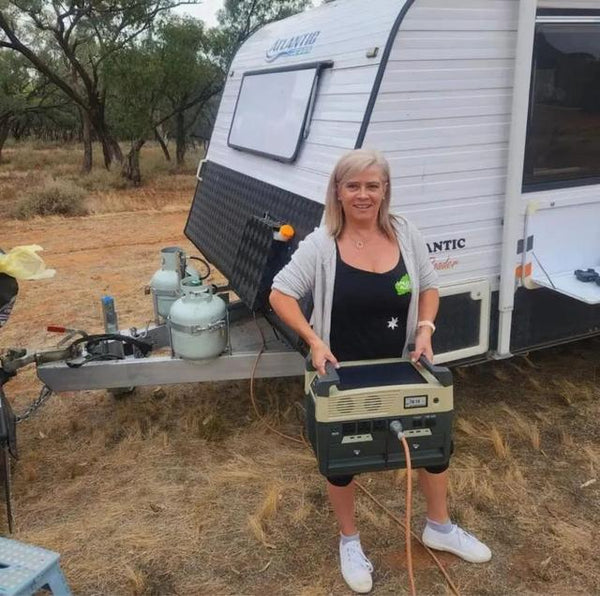If your schedule includes a camping trip that lasts more than a day, you’ll soon realize that the mobile phones and electronic devices you carry cannot sustain the entire trip. There is never an available outlet in the wilderness. Below, we introduce five methods to charge your phones and electronic devices while camping, ensuring you never experience the embarrassment of a power outage again.
I: Charging Bowl: Undoubtedly, power banks are one of the most popular camping equipment items, serving as convenient, safe, and reliable mobile power sources. When selecting portable mobile power sources (power banks), one should opt for branded products. Inexpensive charging batteries often have severe false capacity markings and frequently malfunction, potentially unable to withstand the harsh environments encountered during camping.
You may not want to carry a portable power station with you all day long. I’ve been on trips where others have brought them, and I fully understand their popularity. Even so, there are times when you might find yourself running low on power. You can use portable solar panels to charge them during the day, although the process can be slow (it often takes over 12 hours to fully charge). IV. Charging with Wood Burning: Yes, you heard it right, using burning wood to charge. In the wilderness, if you have enough wood and leaves to start a fire, you can opt for a wood stove like the BioLite Campstone, which allows you to charge your mobile devices while cooking, using as much fuel as possible. The BioLite Campstone stove comes with a 2600mAh battery, which is charged by the heat of the stove. Then, you can use this battery to power your electronic devices. The CampStove wood stove outputs 3 watts of usable power, which is almost always enough to convert wood into electricity and can be used as a USB charging source for phones and other devices. V. Car Chargers: This is an alternative option depending on how far your camping site is from your car. I think anyone who owns a car and a phone would have a cigarette lighter charger in their vehicle. Even many cars come with USB charging ports or wireless charging out of the box. The advantage of this charging method is that you can charge your devices in the car without carrying anything extra. Fortunately, we are living in an era of rapid technological advancement, which means there are more and more options to charge your electronic devices and phones during camping trips without any wired power sources, ensuring safety and convenience. VI. Tips for Extending Battery Life While Camping: Maximizing power sources is the best way to ensure you have enough power. Here are five tips to save power and extend the usage time for your phones and electronic devices. Lower the brightness of your phone or other screens to the lowest possible level. If you don’t need the device for a few hours, there’s no need to turn it off completely. 3. Turn off your phone’s vibration feature, as it is quite powerful and consumes a lot of battery power. 4. Are you camping within mobile signal coverage? If your phone has no signal, turn off mobile data completely and switch to airplane mode. Do not leave phones and electronic devices with lithium batteries in the sun, as this will reduce battery performance and shorten battery life.
The above is my personal camping experience over the years. I believe there are still many ways and techniques that I don’t know.
